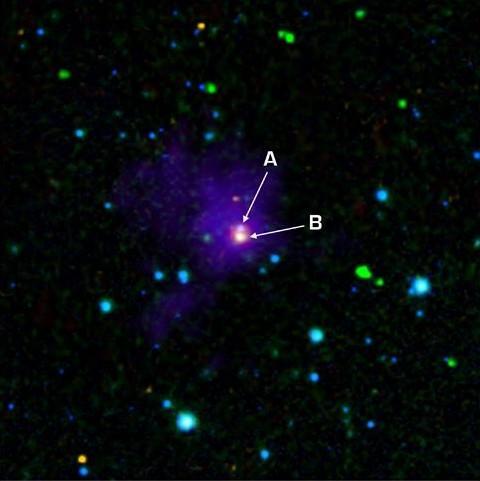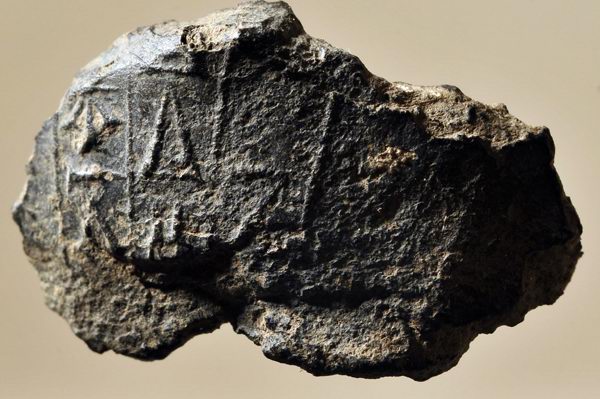
© Wei Luo, Northern Illinois UniversityA zoomed-in area comparing the old map of valley networks and the new one. (Left) A satellite image, with color indicating elevation; (center) the old map of valley networks; (right) the new map of valley networks.
New research adds to the growing body of evidence suggesting the Red Planet once had an ocean.
In a new study, scientists from Northern Illinois University and the Lunar and Planetary Institute in Houston used an innovative computer program to produce a new and more detailed global map of the valley networks on Mars. The findings indicate the networks are more than twice as extensive (2.3 times longer in total length) as had been previously depicted in the only other planet-wide map of the valleys.
Further, regions that are most densely dissected by the valley networks roughly form a belt around the planet between the equator and mid-southern latitudes, consistent with a past climate scenario that included precipitation and the presence of an ocean covering a large portion of Mars' northern hemisphere.
Scientists have previously hypothesized that a single ocean existed on ancient Mars, but the issue has been hotly debated.
"All the evidence gathered by analyzing the valley network on the new map points to a particular climate scenario on early Mars," NIU Geography Professor Wei Luo said. "It would have included rainfall and the existence of an ocean covering most of the northern hemisphere, or about one-third of the planet's surface."
Luo and Tomasz Stepinski, a staff scientist at the Lunar and Planetary Institute, publish their findings in the current issue of the
Journal of Geophysical Research - Planets.
"The presence of more valleys indicates that it most likely rained on ancient Mars, while the global pattern showing this belt of valleys could be explained if there was a big northern ocean," Stepinski said.
Valley networks on Mars exhibit some resemblance to river systems on Earth, suggesting the Red Planet was once warmer and wetter than present.











